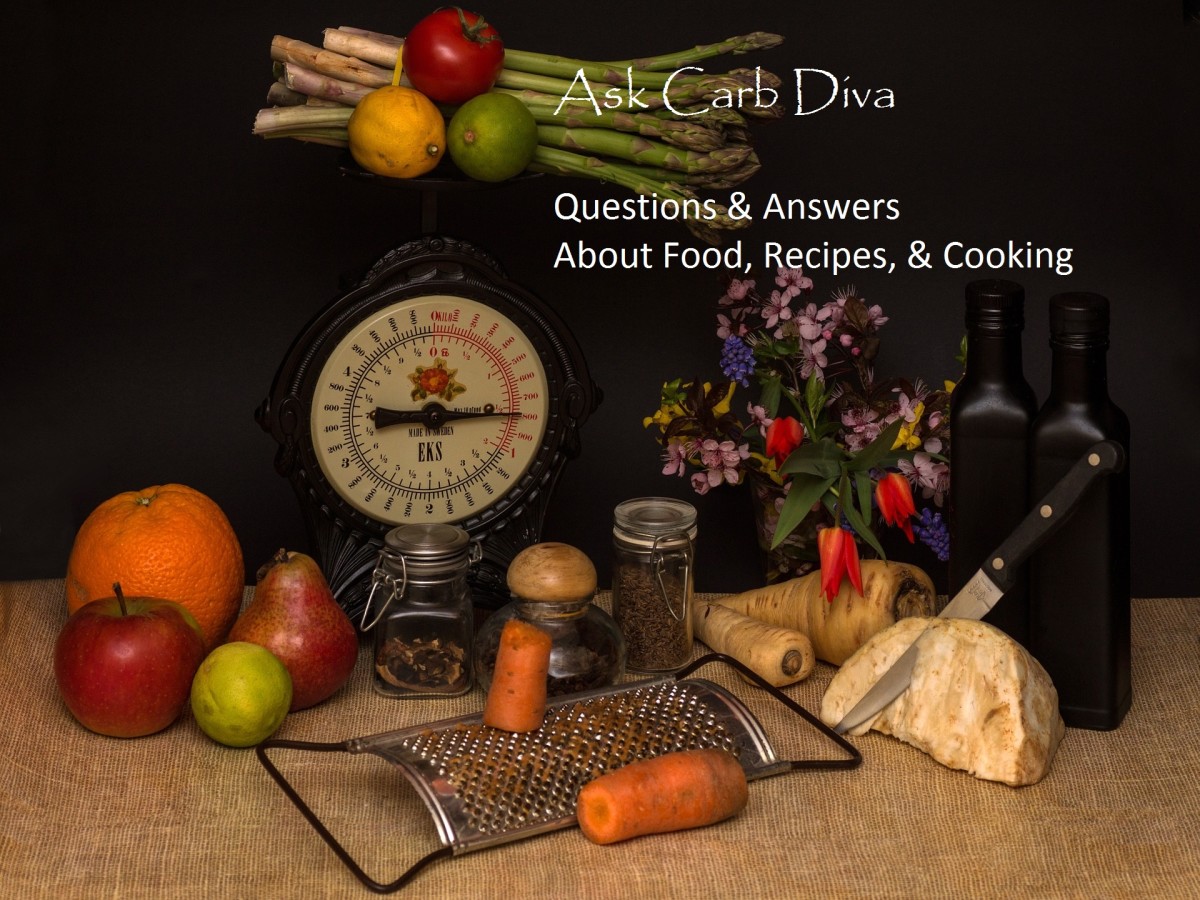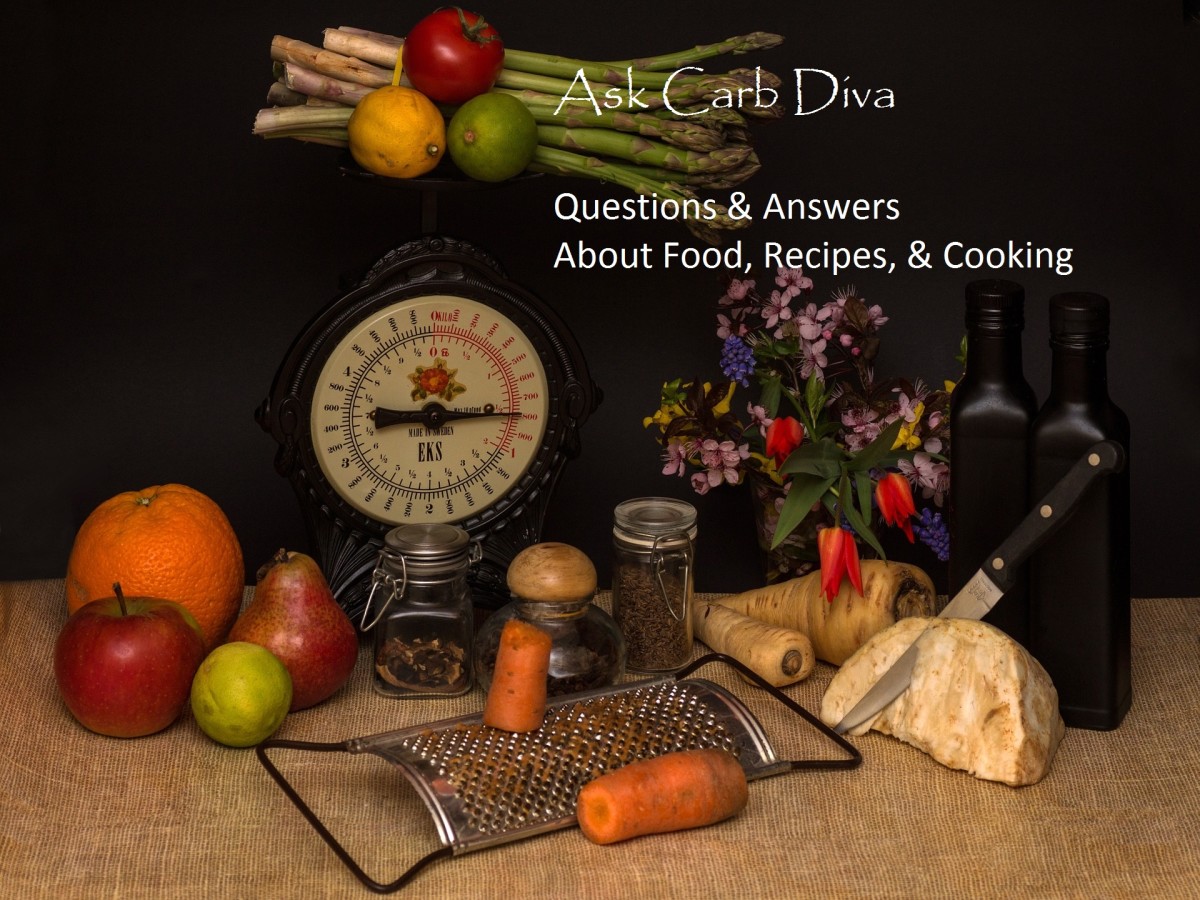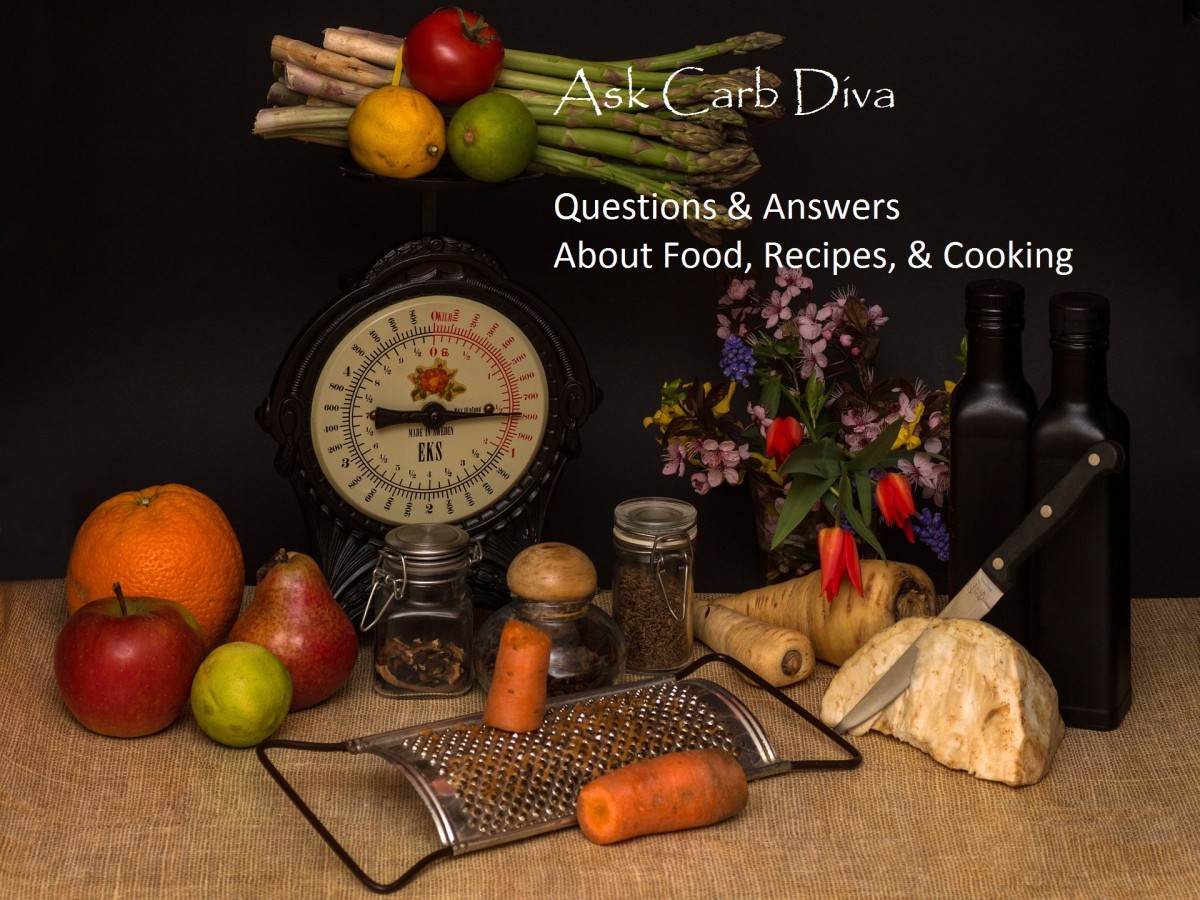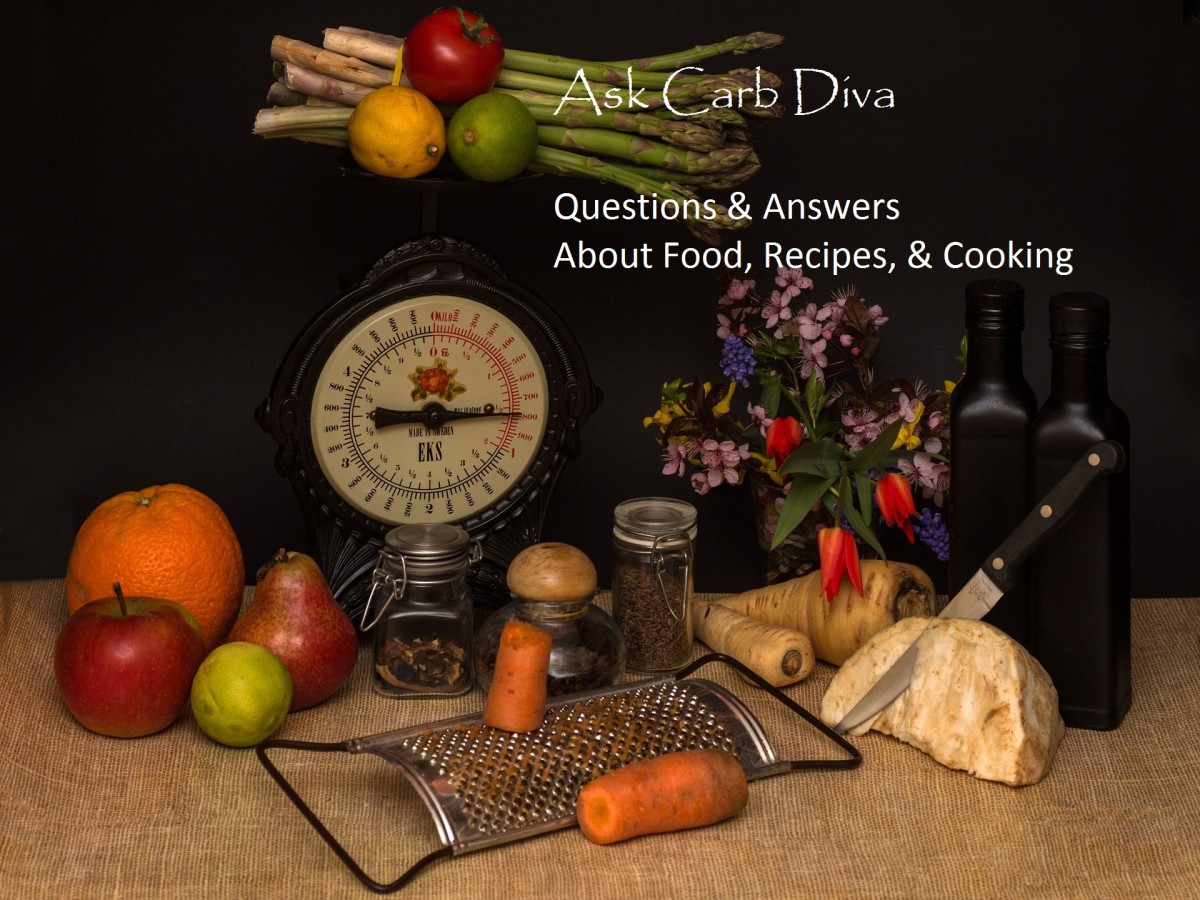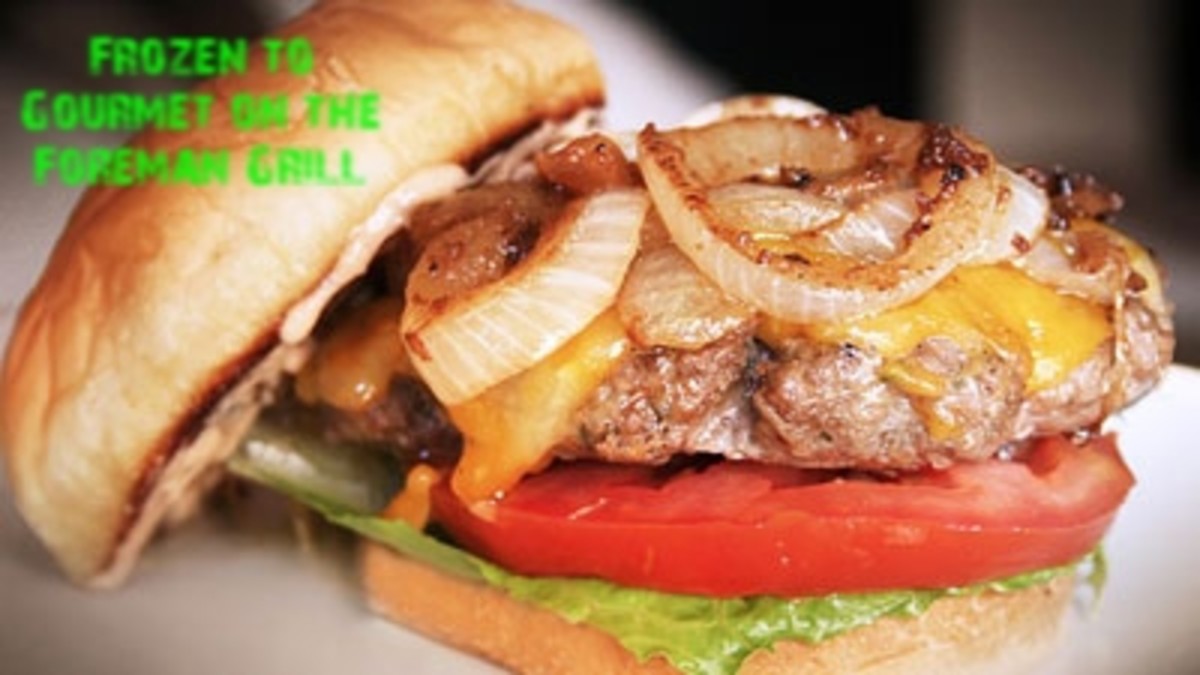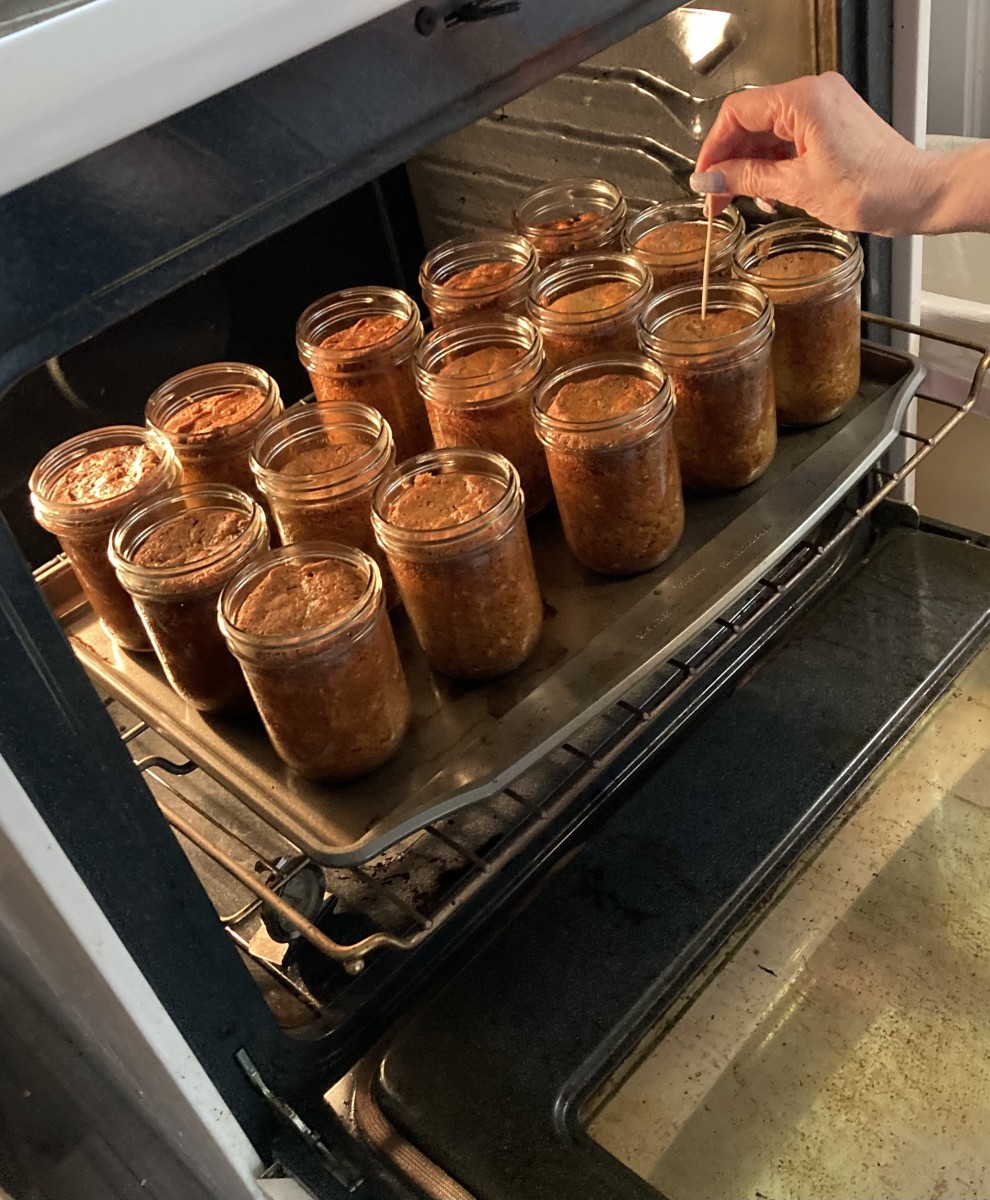Ask Carb Diva: Questions & Answers About Foods, Recipes, & Cooking, #45
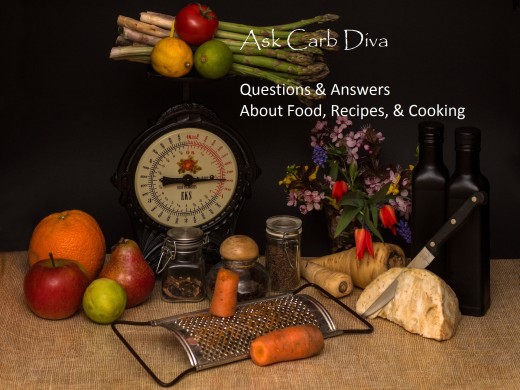
I Hopped Up On a Soapbox
Truth be told, at my age and level of agility, I avoid any actual hopping. So, what am I talking about? I received a question this week that led me to research some potential hot-button topics—school lunch program waste and ineffectiveness, nutritional deserts in the 21st century, our dependence on fast-food, and the impact of the Great Depression on society 90 years ago and does it extend into our lives today.
If those aren't your preferred cup of tea, I will grant you a hall pass to skip down to the weekly equipment review. But if I have in any way piqued your curiosity, please read on.
Did the Great Depression Change How We Eat?
Here's a historical question for you: the Great Depression deeply affected our parents....well, mine at least, you aren't that old :)...how do you think it affected the foods they ate, and have those lessons affected cuisine in the United States?
How's that for a doozy?
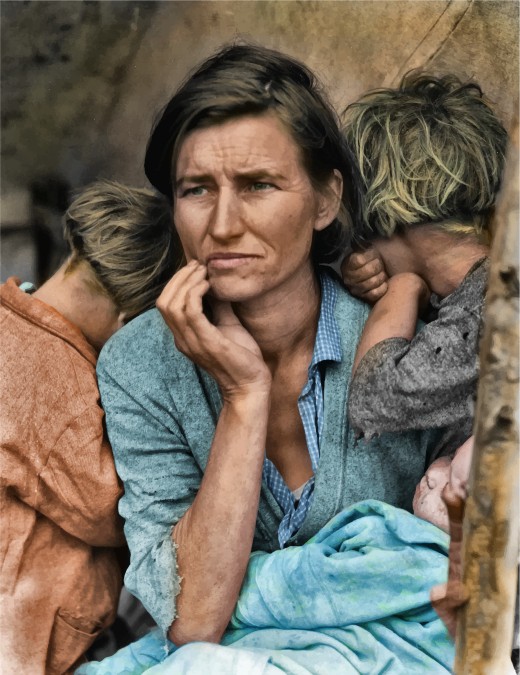
Bill, that is an excellent question (and in just a few words you have perhaps filled this mailbox for the week—the answer will be a long one, and be forewarned. I might go off on a tangent once or twice. I'll do my best to behave).
Because we have readers from other countries and a few younger readers, I’ll first briefly summarize the Great Depression.
After the 1st World War, the economy of the United States boomed. The nation was filled with reckless optimism and everyone from the mill worker to the millionaire invested heavily in the Stock Market. Stocks were so overvalued that the dotcom crash of 2000 was, in comparison, a walk in the park.
The market reached a peak in the summer of 1929 although GDP (gross domestic production) was beginning to struggle because of, among other things, the drought in the Midwest. The resulting chain reaction was a nightmarish wild ride of foreclosures and repossessions which then led to reduced spending, which increased layoffs, and then production slowdowns, and massive un- or under-employment.
On October 24, 1929, all hell broke loose—nervous investors cashed in their stocks and “Black Thursday” saw 12.9 million shares traded. Five days later 16 million more shares exchanged hands and many investors were crushed because their original purchases were made with borrowed, not real, money.
GDP
| Unemployment
| |
|---|---|---|
1929
| $103.6 billion
| 3.2 %
|
1930
| $91.2 billion
| 8.9%
|
1931
| $76.5 billion
| 16.3%
|
1932
| $58.7 billion
| 24.1%
|
1933
| $56.4 billion
| 24.9%
|
The Great Depression by the Numbers
By 1930 4 million people were out of work and by 1931 that number had increased to 6 million. Farmers could not afford to harvest their crops and food rotted in the fields while thousands starved. Bread lines and soup kitchens sprang up in American cities. Many families began backyard gardens, and vacant lots were converted to “thrift gardens” for those who did not have space for a plot of their own.
My mother was a young adult at the time, trying to raise a family of her own and make ends meet. She told stories of men who had lost all hope, knocking on the back door, offering to chop wood or do any other work needed around the house in exchange for just a sandwich.
According to Jane Ziegelman and Andrew Coe in their book “A Square Meal: A Culinary History of the Great Depression”
… an Arkansas widow and her seven children were found by a relief worker to have little more than “a pint of flour and a few scraps of chicken bones” in the larder; out-of-work West Virginia coal miners were limited to “potatoes, bread, beans, oleomargarine.” In the Dust Bowl, families “pared back their daily diet to the bare minimum of flour, lard, and potatoes,” often supplemented by Russian thistle—better known as tumbleweed. Pellagra, rickets and other diseases of malnutrition were rampant. The effects of vitamin deficiency could be felt into the war years when a startling number of young draftees for the 2nd World War failed their physicals.
There are estimates that more than 2 million people became “hobos”, men and women riding the rails in search of work. Sadly, many were teens who felt that they were an unnecessary burden to their families.
It’s difficult to imagine. The average income of the American family had decreased by 40 percent. One in every four workers was unemployed, and those who were lucky enough to hold onto their jobs found their hours severely cut. There was no unemployment insurance, no food stamps, and no welfare. That’s the Readers’ Digest abridged version of the story of the Great Depression.
How did this part of our history affect how we ate and what we ate, and do we still hold onto some of those values today? If we have recovered in the 90 years since that dreadful part of our history, how and when did that improvement manifest?

The Government Began to Educate Us on How to Economize
The U.S. Department of Agriculture started a five-day-a-week radio campaign hosted by “Aunt Sammy” (Uncle Sam’s wife?) to answer homemaker’s questions and help Depression-era homemakers stretch their food budget with casseroles and one-pot meals. State agriculture departments hired home economists to teach household skills—canning meats, fruits, and vegetables; sewing clothing from flour sacks; learning to patch and darn; making your own soap.
What happened post-Depression?
That system of educating, or re-educating continued into the baby-boom generation. In the 1950's through the 1970's home economics was not just an elective course, it was a requirement.
Today "Home-Ec" has disappeared from the educational landscape. And so I wonder, how many young adults, raising families, no longer know the basic fundamentals of cooking, such as how to roast a chicken, make a meatloaf, or cook a sack of beans or rice (both of which are cheap and can substantially supplement a family's nutritional needs?)
How much further could finite home incomes be stretched if we could remove ourselves from reliance on take-out meals and processed packaged foods which are so much more expensive?
Rather than one (Home-Ec) class, why not interject those valuable life skills into the core curriculum of math, chemistry, and English composition? For example, how to
- read (and comprehend) a recipe
- understand food labeling
- up- or –down-scale lists of ingredients
- convert ounces to grams
- balance a checkbook?
These are life skills that were needed then and are invaluable today.
And They Educated Us on What to Eat
During the Depression public campaigns to promote good nutrition and battle vitamin deficiencies were championed by the first lady, Eleanor Roosevelt. Dairy-heavy meals (it seems every supper contained a creamed something on the menu) were the rule, not the exception.
Through the hot-lunch program, immigrant children were “re-educated” on what constitutes a balanced nourishing meal. There was a long-held belief (bias) that strongly-seasoned meals were a stimulant (like caffeine). Because food was scarce, excess needed to be discouraged so white and bland was deemed the acceptable flavor.
Think about that. The blatant discrimination and subliminal message are shocking. Perhaps I’m wearing my Pollyanna rose-colored glasses, but I believe we have made progress in this area. Today foods of other cultures are easy to find, at least in most metropolitan areas, although those flavors have been westernized.
But another insidious problem has crept into our society. Every day in the United States 30 million children march into the school cafeteria. Thanks to the “Healthy, Hunger-Free Kids Act of 2012” they no longer have to face greasy pizza, salty fries, and deep-fried chicken nuggets which are actually more breading than chicken. Fat and salt are out, whole-grains and fresh produce are in, and the amount of waste each day is . . . staggering. Why is this?
Deep fried, fat-saturated, sodium-enhanced fast food is the mainstay of too many children and young adults. Since eating habits and preferences are established by 2 years of age, there is no quick-fix remedy. The New York Times recently published an article entitled “Why Students Hate School Lunches.” It's worth reading.
Pleasure Was Non-Essential, Nutrition Was the Goal
During the time of the Great Depression, my parents were young adults with young families, struggling to make ends meet. Although I wasn’t born until the early 1950’s I still recognize many of these Depression-era meals. How many of these have you eaten?
- Chipped beef on toast
- Ketchup sandwich
- Hot milk and rice
- Hot dogs and baked beans
- Fried potatoes and hot dogs
- Gravy and bread
- Boiled cabbage
- Fried bologna
- Warm stewed tomatoes with bread
- Bean soup
- Baked apples
- Butter and sugar sandwich
Meals were heavy with bread, potatoes, and beans. Vegetables were almost non-existent. Meals were not healthy and balanced, and they were not very appealing, but they satisfied the gnawing hunger and satisfied the need for caloric intake. And did you notice the lack of meat? (Chipped beef, hot dogs, and bologna can hardly be considered “meat.”)
In the 21st century many of us are also trending away from animal-based proteins, but for an entirely different reason. Today our focus is on plant-based nutrition to reduce fat intake, increase fiber, and make positive environmental and humane choices.
We’ve come a long way baby, but it has taken a long time to get from “there” to “here” and sadly, there are still too many, in this Nation of plenty, who exist in a food desert. For them, there is no local produce stand, no source for fresh meat or seafood, and no easy way out.
But, There Still is One Plus in All of the Minuses
If there is one positive we gained from the Great Depression, one thing that I hope we can reclaim today in 2018, it is that we learn to love our neighbor.
Perhaps it takes the worst of times to bring out the best in people. As our Nation struggled through the Great Depression we found that neighbors helped neighbors. They shared what little they had with each other—perhaps a few eggs in exchange for some potatoes or onions. Retailers did the same, extending credit, trusting in the honor of people in need.
Let's find that again. Talk to your neighbor. Learn his or her name. Appreciate them. Help them. You will be blessed.

Several years ago my younger daughter purchased a ceramic vegetable peeler for me. It was a lovely gift. The blade is super sharp (I'm sure it could make quick work of apple peels, potato skins, and errant fingers) but alas, I cannot use it. I'm left-handed and the peeler is made for righties.
If you have an old potato peeler, the task of preparing produce is probably more of a chore than it should be. Do yourself a favor and buy a new one. My favorite is this one.

It has a 5-star rating with over 900 reviews, is dishwasher safe, can be used with either hand and has a small handle that is easy to grip and is slip-proof (see those ridges on the sides?). And, it costs less than $10.00.
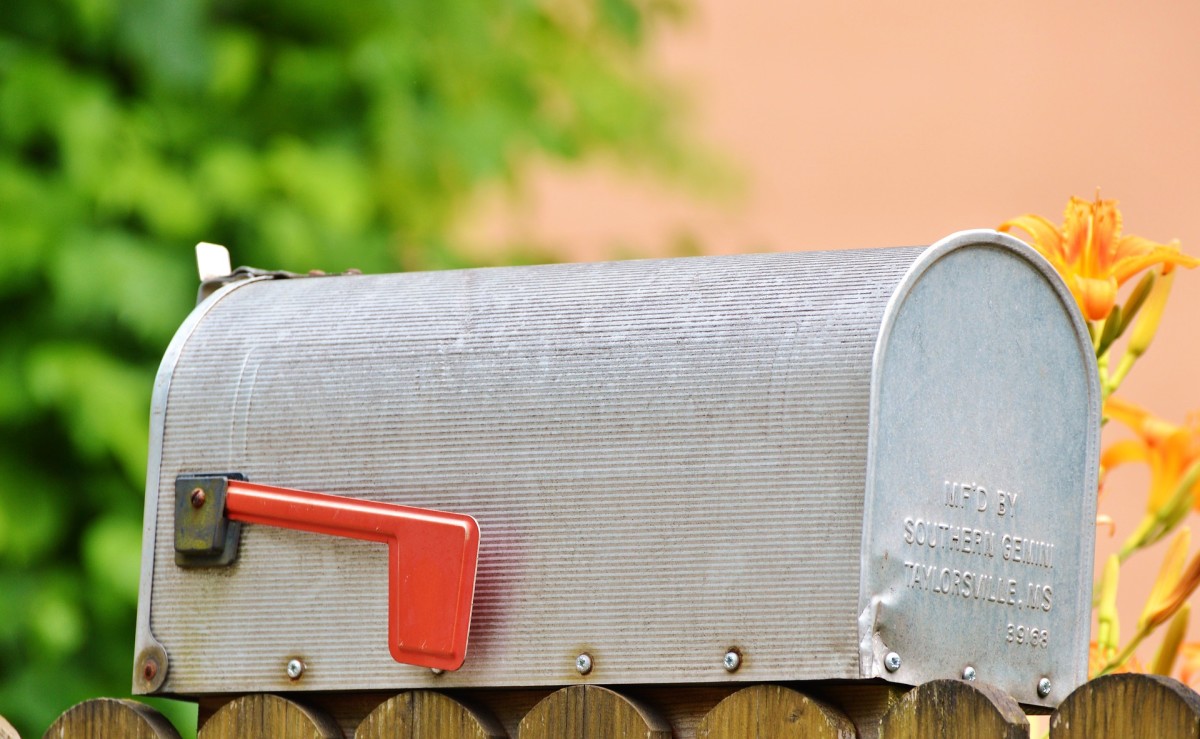
Well, that's it for this week. I received two additional questions but am holding onto them for Exciting Episode Number 46 in our soap opera. Please remember that you can ask your questions in the comments below, or write to me at lindalum52@gmail.com.
I hope you all have a great week an I look forward to "chatting" with you next Monday.
© 2018 Linda Lum


